So, what the heck is biodiversity all about huh? Why are we seeing this word everywhere and what’s so great about it? This short and sweet passage should assuage any strange feelings of confusion about it and might even show you just how important biodiversity really is. We’ll get to the bottom of why there’s such a stir about it. People have been saying these things for years, trying to get everyone’s attention. There has been a constant knocking on the door that is only being heard now, and it is desperately important we all get up off our keisters and answer. ...what is biodiversity?
What biodiversity really means
Now for starters, what biodiversity stands for is biological diversity and is defined as the variety and variability of life on Earth. Biodiversity covers three main topics, the genetic diversity, the diversity of species and the diversity of the ecosystems they inhabit.
Now without getting too sciencey, a gene pool is all the many genes and potential combinations of genes, in the population. - It is the sum of a population's genetic material at a given time. When we have a big gene pool of a species full of genetic variation, this is good, we need that. As a quick example, say, there is low genetic diversity, this can lead to deformities, low fertility and genetic diseases and it's simply not good for the species survival. We need a vast gene pool full of genetic diversity.
Then we come to species diversity, which this neat quote can help us out with. "Species diversity is defined as the number of different species present in an ecosystem and relative abundance of each of those species". So, having a lot of different species as well as having even populations of them, what can we say this is? Nailed it, good, healthy species diversity.
Then we come to ecosystem diversity which is simply, in a given area, how many ecosystems there are within it. A healthy ecosystem is one that can support a range of living species by providing habitat, food, clean air and fertile soil. It is flora and fauna being in a good condition in the natural world and having the capacity to fulfill their ecological niches. So the more thriving ecosystems we have in an area, the better and the more ecosystem diversity there is.
Let’s leave that there and create a picture of some A-Grade biodiversity.
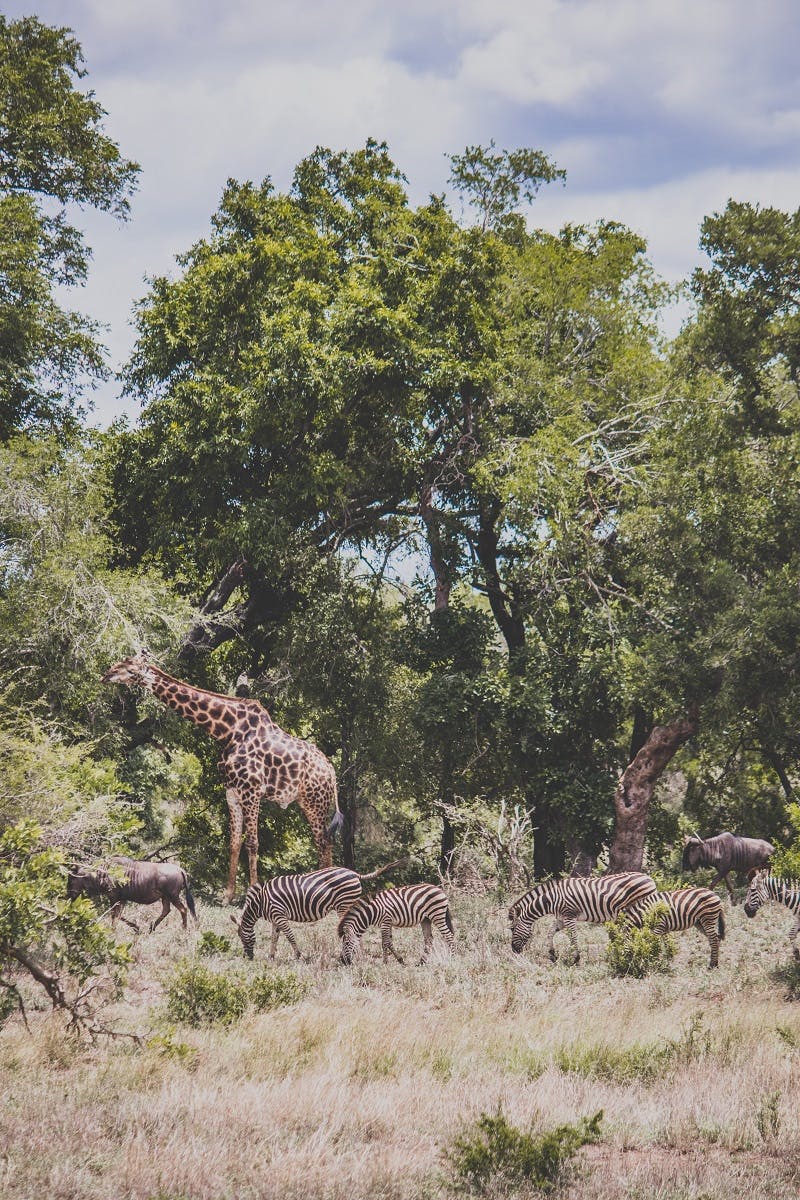
What biodiversity can look like
Okay, we’re going to go back to a time long long ago and then, even longer ago than that. 250 million years ago (251.091 to 65 million years ago if we are being precise) to the Mesozoic Era where dinosaurs roamed and ruled supreme. Let’s set the stage, imagine, there is absolutely 100% no human influence whatsoever. Plants and animals were allowed to grow and prosper to their maximum capabilities with nothing stopping them. This means an explosion of animal and plant life. You would have seen gargantuan flocks of birds, humungous herds of grazing sauropods (the monstrous plant-eaters, diplodocus, brontosaurus) and a myriad of plant species, taking up any available space possible. What I’m edging at here is, you would have seen animals and plants, and lots of them, as well as it being one wild place. A huge species diversity which of course means there was a great genetic diversity as well as ecosystems far and wide, we could then say it had a rich biodiversity. Right? Right!
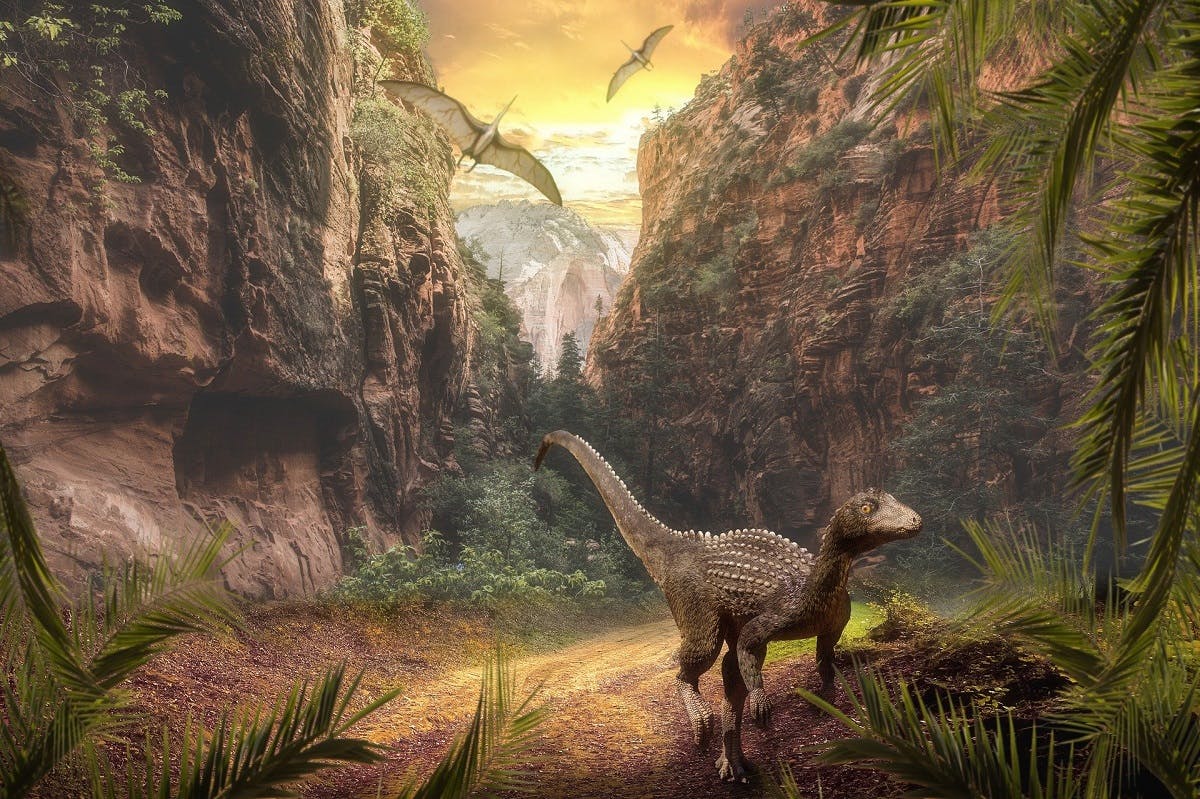
Biodiversity on a local level
Let’s now dial it in, we don’t need to travel a bijillion years in the past to see Biodiversity.
Think of your local wild area and what you can see in it. Well, depending on where you live and how large it is, if it has healthy biodiversity it could support a wide range of species. You might find families of foxes and badgers as well as frogs, bats, deer and many different species of birds singing and soaring between the trees. We have all of these species, filling their ecological niches which gives the ecosystem balance as each have a part to play in supporting it, which we will look at a little more later.
We can localize it again, think of even a pond in a back garden. It alone can home a vast amount of biodiversity. It attracts multiple types of insects who might lay their eggs in the water or the plants that grow in it. Frogs are also attracted to the water so they can lay their eggs as well as having a food supply. And of course, birds are going to arrive too, to get in on all this good eating of frogs and flies. Plant species too are supported by the pond and in turn support it by oxygenating the water as well as providing shelter or even food for birds, bugs and other cute critters.
Phew. Okay, we good? Still here? We kind of getting it? Sweet. Here comes the tough bit though, we’re going to have to get at some hard truths for a second, we’ll bring it back up I promise, but now we need to talk about biodiversity and climate change.
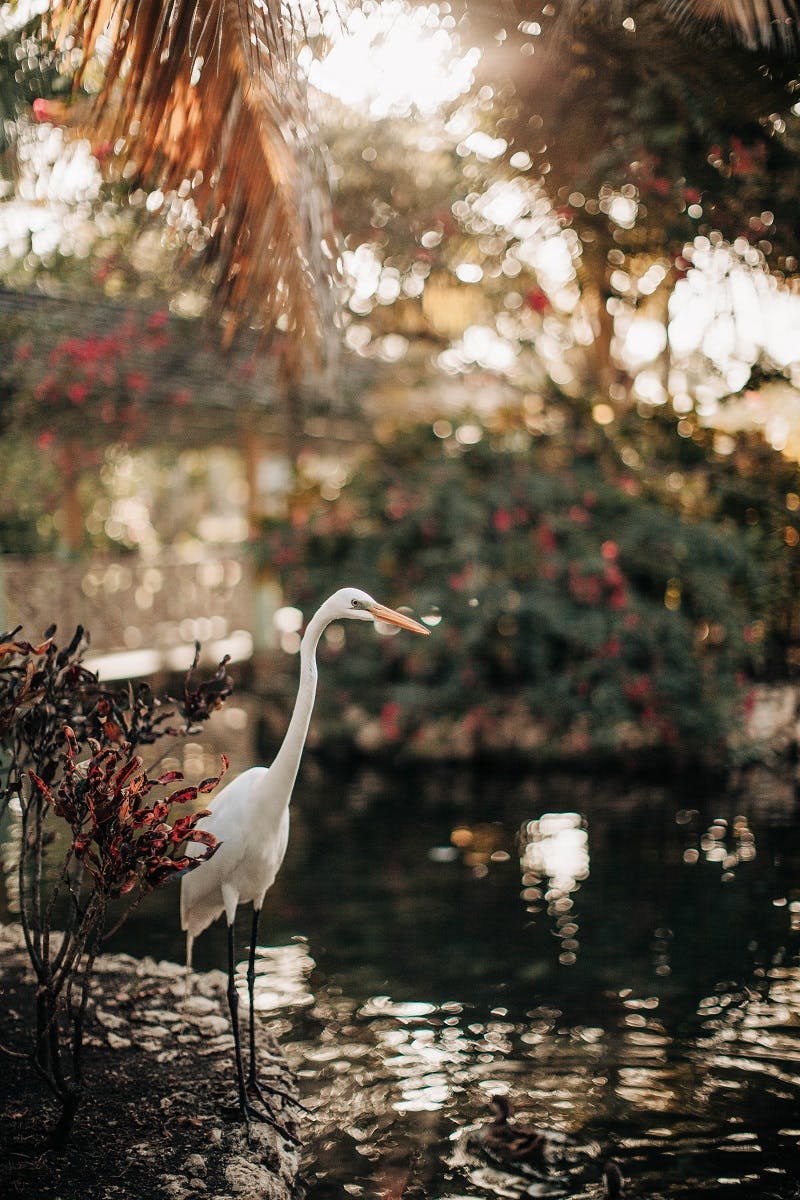

Take action now
Do you want to have a direct impact on climate change? Sir David Attenborough said the best thing we can do is to rewild the planet. So we run reforestation and rewilding programs across the globe to restore wild ecosystems and capture carbon.
Get involvedBiodiversity and climate change
The earth's temperatures are rising and one reason biodiversity is getting so much attention lately is that it is inextricably linked to this change. This quote from Science.org.au sums it up exceptionally well, “Healthy ecosystems and rich biodiversity are fundamental to life on our planet”.
We can think of it like this, if we continue the way we are heading, with forests being cleared, oceans being dredged and over-fished, we are exploiting and therefore destroying habitats and the biodiversity that exists within them. We know forests and the ocean play a vital role in capturing and sequestering CO2 but if we continue to disrupt these systems instead of protecting them, truly enormous negative changes are inevitable. However, if we pursue the other direction, protecting wild areas, restoring ecosystems and create more space for nature and wildlife, biodiversity can flourish. And as Sir David Attenborough says magnificently...
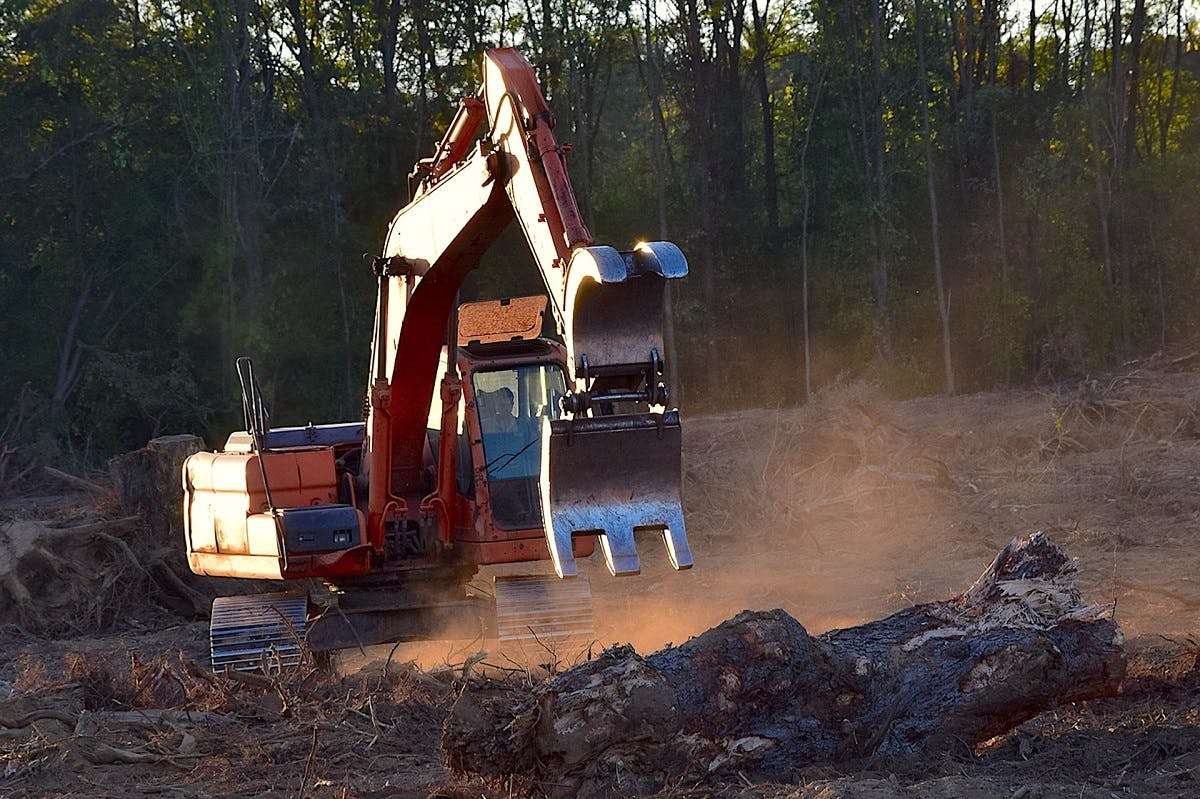
Forests are a fundamental component of our planets recovery they are the best technology nature has for locking away carbon and they are centers for biodiversity, the two features work together, the wilder and more diverse forests are the more effective they are at absorbing carbon from the atmosphere
Sir David Attenborough
Losing species, the knock-on effects
Plants and animals have spent literally millions of years adapting to their ecosystems and are highly tuned to the conditions within them. Take some gorgeous grizzly bears. If your diet depends on salmon arriving every year up streams, but these streams are rerouted while modern-technology is being used to rapidly deplete fish stocks, you’re going to be in trouble. Your food source is a fraction of what it once was and you don’t have many other options. Monarch butterflies are another example. By getting cues from the weather, they know when it’s time to migrate, but also when to reproduce and hibernate. Temperature changes actually govern their entire 3000 km migration so they may be particularly threatened by climate change.
A change in climate can devastate entire species, especially if the change occurs rapidly and there is little time for them to migrate or adapt. The inter-connected nature of ecosystems means that the loss of species can have knock-on effects upon a range of ecosystem functions. This point is so pertinent. Everything in the natural world is connected, it’s a web and it's intricate and baffling (and don’t forget beautiful), making you say “PHWAHHHH, for real?”.
And this brings me neatly to phytoplankton and whales and some in your face facts about how protecting biodiversity protects us from climate change.
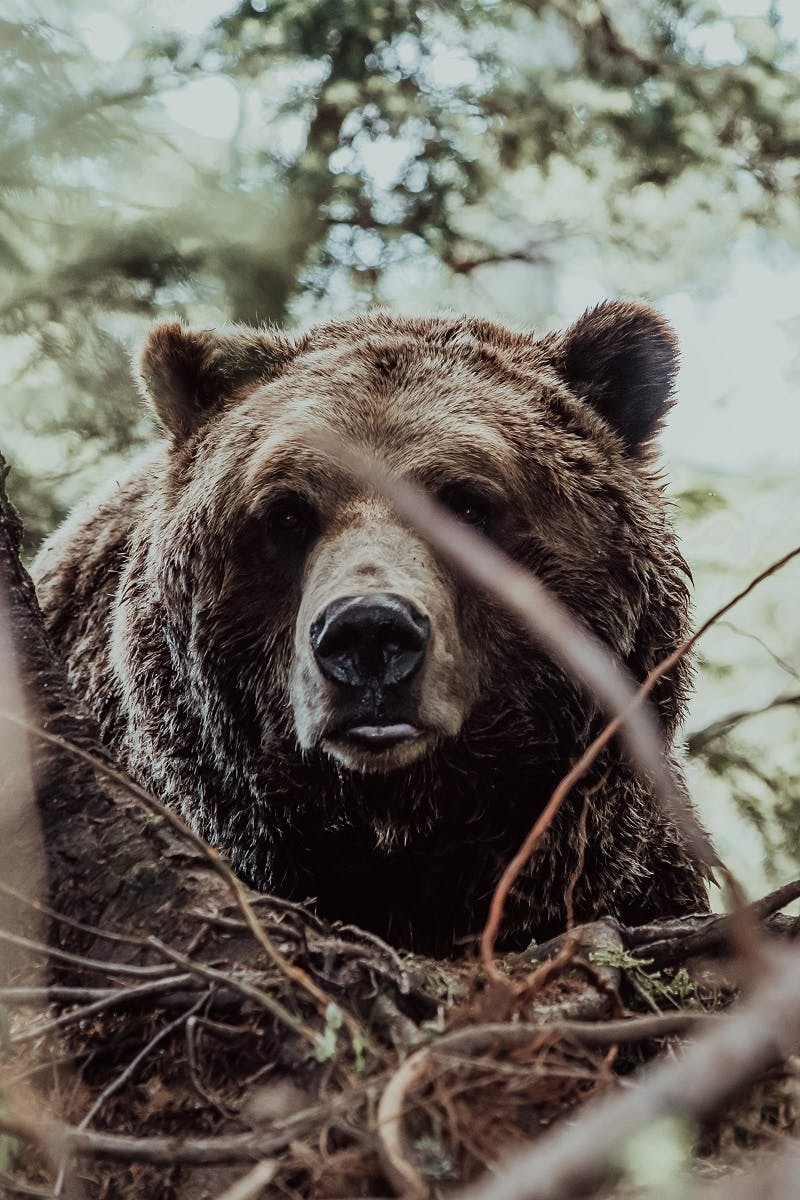
Protecting biodiversity protects us from climate change.
Phytoplankton take in energy from the sun in the form of Carbon dioxide and then release oxygen back into the atmosphere, kind of like a plant or tree, which is pretty neat right? Furthermore, whales eat copious (and I mean copious) amounts of phytoplankton thus, taking in the carbon that they have stored so now the whale is storing it, up to 33 tons in their life (THAT’S HUGE!!) Fine, easy, just let the phytoplankton do it, we don’t need the whales right? WRONG. We so need the whales, because the urea rich poops of the whales makes fine dining for our phyto-friends and helps them become big and strong little phytoplankton.
When the whales (rest their noble souls) pass from this life to the next the carbon is then taken in by the ocean and can stay in the sediment.
This is one brief example, we can see when one thing falls, another follows, and you can be sure, if you take one species out of the mix, another species or multiple others will be severely affected.
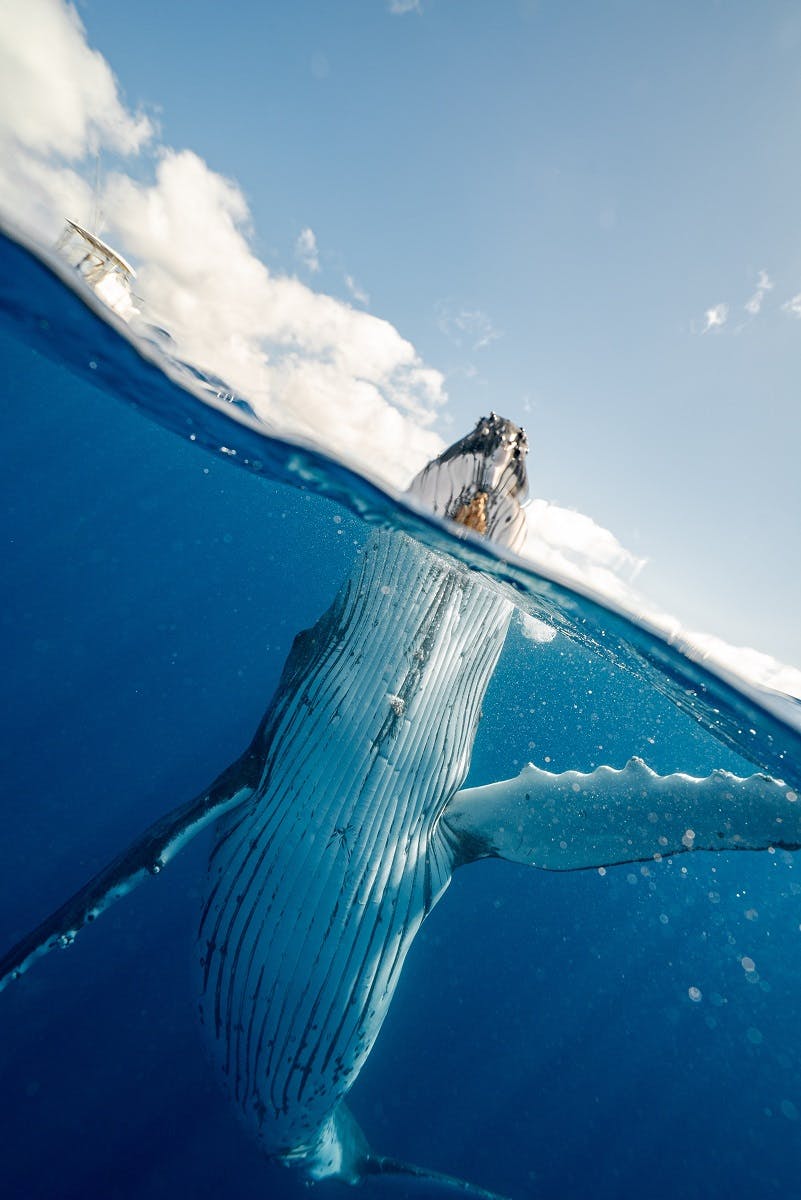
But Let Us Not Despair, we can save biodiversity!
I know I know, it got dark there, but we gotta keep ourselves on track. We now know what biodiversity is so let’s look at how we can help it.
It really is quite simple, when we look after biodiversity and aid it to prosper, we are looking after the planet. I’ll use another Sir David Attenborough quote (because c’mon, they’re perfect).
“To restore stability to our planet, we must restore its biodiversity”.
There is still time to fix it and if David’s chill, I’m chill but now is the time to act. By helping to restore and regenerate biodiversity and enabling it to thrive, the natural world can bounce back and we know it can. We all can help and play our part by planting pollinator friendly plants in your garden or even building a pond to benefit your local biodiversity. Also supporting organisations such as Mossy Earth or Rewilding Europe who are focused on rewilding damaged ecosystems, makes an enormous difference.
I hope this has cleared up any uncertainties you may have felt when hearing the word biodiversity, and it might even encourage you to look a little more favorably on all the beetles and bugs knowing they all play their role in life’s intricate web.
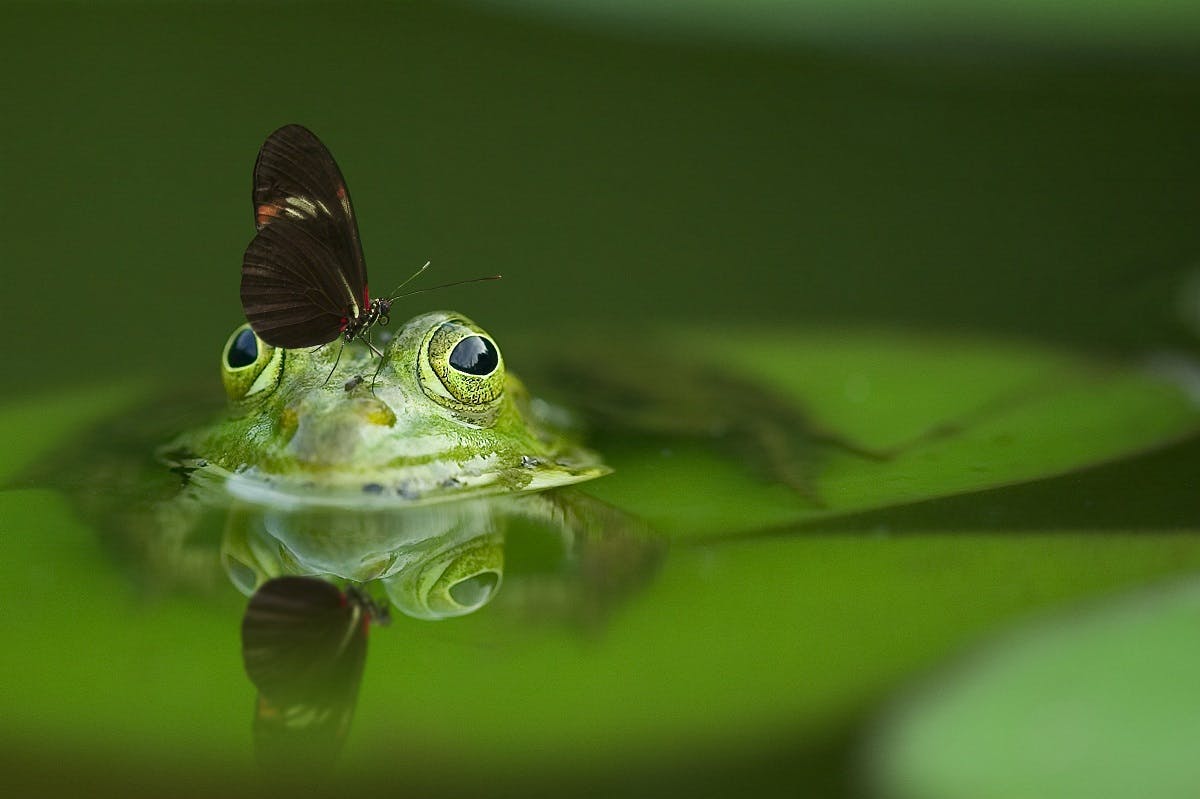
Glossary of terms
Species is a where a group of organisms that share common characteristics and have the ability to interbreed with one another. Species are ranked below genus and you will often hear people referring to a particular species of animal or plant.
Genes are made of nucleotides (a chemical compound) and are found on DNA which is passed from parent to offspring as essentially a code which can determine the hereditary characteristics and traits.
Climate Change is where weather patterns over a long period of time are disrupted. This could lead to unpredictable weather and irreversible ramifications if left unchecked, which would affect the entire world.
Phytoplankton are tiny organisms that can be found in most of the earth's aquatic environments. They can be bacteria or protists although the majority are single-celled plants. Every type of phytoplankton uses photosynthesis.
Carbon Dioxide (CO2) is a compound made up of one Carbon and two Oxygen atoms. It occurs naturally in the earth’s atmosphere as an odorless gas however due to human beings, enormous quantities are now found in the air which causes the heating of our climate.
Sequestering is when something is being hidden or isolated. When we talk about CO2 being sequestered in forests or oceans it means it is being held there, taken from the atmosphere and kept locked up.
Ecosystem Functions are essentially the processes of interactions between biotic (living organisms) and abiotic (chemicals and matter) factors that work together to provide the correct environment to sustain life.
Sources & further reading

- “Gene pool | genetics” - Britannica
- “Why Is Species Diversity Important” - Byjus
